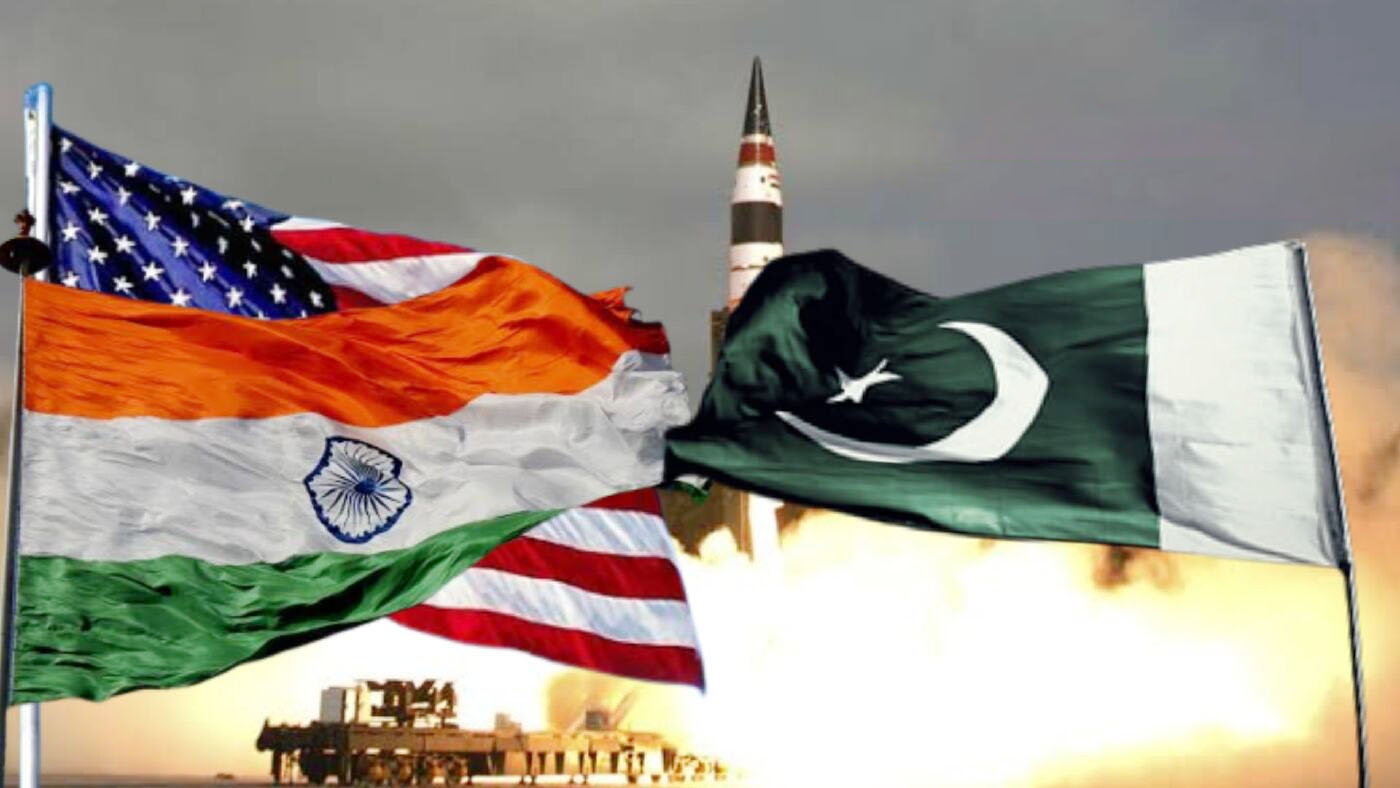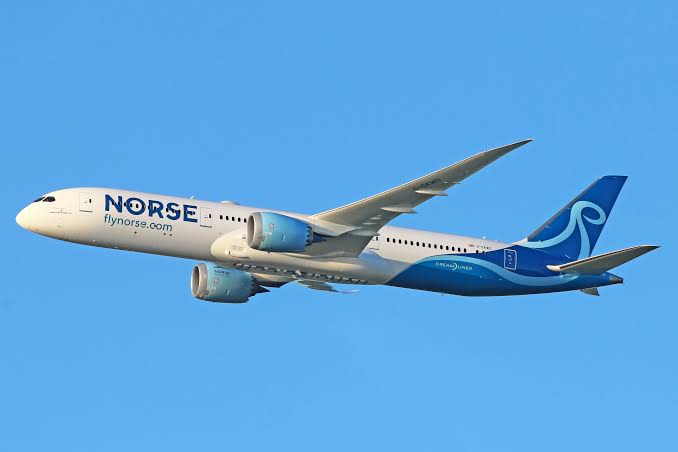By: Muzammil Muhammad Khan
The Indo-Pacific and South Asia have been areas of global importance for a long time now. The rivalry between the United States and China characterizes the Indo-Pacific region. The United States is forming alliances with the states that are present in the Indo-Pacific. In contrast, South Asia is a source of international attention due to the presence of three nuclear-armed states—China, Pakistan, and India—as well as a regional rivalry between India and China, with Pakistan playing a significant role as a major stakeholder. China poses a great threat to the rise of India as a regional power, while India, being a strategic partner of the US, poses a threat to China’s rise as a global power. India faces a twofold challenge at its southern and northern borders. As part of its obligations to the Quadrilateral Security Dialogue QUAD, India is required to sustain its naval might in the Indian Ocean, where China and Pakistan pose a serious danger to India’s security on its northern and eastern frontiers. In this complex scenario, the existing balance of power in South Asia is being disturbed, which is unfavorable for Pakistan’s security.
Scholars argue that the US, being a global rival of China, needs strong partners in South Asia and the Indo-Pacific to contain China. The US has deepened its ties with India and is providing India with all the necessary equipment and technological assistance to deter China. A strategic partnership with the US is fruitful for India, which needs strong armed forces to tackle its twofold security challenge. India has to go through a revolution in military affairs to be able to possess the capacity to counter the Chinese threat, and the US is trying to help India become able to counter China.
A thorough review of the existing literature suggests that the US-India strategic partnership has grown steadily over the past 20 years. The General Security Of Military Information Agreement (GSOMIA), the first foundational agreement between the US and India to transfer classified information, was signed in 2002. To share information with private Indian defense businesses, both nations signed the Industrial Security Annex as an extension to GSOMIA in 2019. India and the US signed a Logistics Exchange Memorandum of Agreement (LEMOA) in 2016 that permitted each other to utilize military bases in their respective countries for supplies, repairs, and reinforcements. In order to share secure communication and exchange information during training exercises in 2018, the Communication Compatibility and Security Agreement (COMCASA) was signed. India became the third Asian and the only South Asian state with the Strategic Trade Authorization-1 (STA-1) status given by the US, which allowed the sale of state-of-the-art military equipment to India without fulfilling license requirements. India now has access to all time-sensitive information via US geospatial intelligence thanks to the Basic Exchange and Cooperation Agreement (BECA), which was signed in 2020. Between India and the US, it permitted the trade of both unclassified and controlled unclassified geospatial goods and services.
In June 2023, the Indian Prime Minister paid a state visit to the United States, and both countries released a joint statement outlining their vision for each other as “among the closest partners in the world.” Both nations have signed numerous agreements in the fields of trade, technology, space, and defense. Between GE Aerospace and HAL, a memorandum of understanding was signed. The Master Ship Repair Agreement for US Navy Repair and Service was signed. India aims to get MQ-9B Sea Guardian USVs. The US defense acceleration ecosystem, INDUS-X, was established with the goal of fostering cooperation between IT firms in both nations. Technologies such as artificial intelligence, space, maritime, and autonomous systems were displayed. In January 2023, the Initiative on Critical and Emerging Technology (iCET) was established. Micro Technology, Inc. will invest in a test facility and a new microchip facility in Gujrat. Under the US direction, India joined the Mineral Security Partnership. The two countries also celebrated the transfer of the NASA-ISRO Synthetic Aperture Radar to the U.R. Rao Satellite Center in Bangalore.
The qualitative analysis of these circumstances and data suggests that this growing US-India strategic partnership has given India a strategic advantage vis-à-vis Pakistan, which does not want a South Asia with India as a net security provider; it disturbs the established balance of power. Both nations have a history of bitter relations and have been entangled in a security dilemma since their independence from British rule. In this situation, the Pakistani leadership must reassess its foreign strategy in light of the evolving regional power dynamics. Pakistan confronts multifaceted challenges in domestic and foreign policy due to internal vulnerabilities, political instability, escalating militancy, a deteriorating economic condition, a lack of clear direction, and disunity among its leadership. The global order is currently undergoing a transformation owing to the intensifying rivalry between the United States and China. While Pakistan had long maintained a strategic partnership with the US and enjoyed status as a significant non-NATO ally, it now finds itself adrift as its former ally has distanced itself. Pakistan should reshape its relations with the United States, as it is a major trade partner and a big investor. Pakistan’s internal strengthening and stability must be prioritized. It is crucial to acknowledge that the impediments to Pakistan’s prosperity stem not from geopolitical changes but rather from its own internal weaknesses and a volatile, divided political landscape. Pakistan needs to address its internal security concerns and make an effective policy regarding the re-emergence of terrorism. A better foreign strategy requires internal cohesion. Pakistan should adhere to a policy of non-alignment and refrain from becoming excessively entangled in power blocs amidst the US-China conflict, as it did during the Cold War between the US and USSR since this will have an unfavorable impact. Pakistan should focus on strengthening its diplomatic and security ties with other global actors as well, including Turkey, Russia, and the European Union. To strengthen the economy, Pakistan needs to strengthen its relations with regions like East Asia, Central Asia, and the Gulf countries. It should Invest in military modernization and technology, but that needs the backing of a stable economy, which is in the doldrums right now. The US remains one of Pakistan’s most vital trading partners and investors, while China fulfills its security needs and stands as its largest trading partner. We need both. There is very little chance that the US and China will go to war because of the complex interdependence between them, so choosing one side in this era of economic interdependence will not be prudent.
Pakistan needs a stable overall relationship with the major powers and a policy of maximizing cooperation and minimizing adversaries for the fulfillment of its economic interests and security objectives in a changing South Asia. Being strong domestically and internationally will also help to manage the “Full Spectrum Deterrence” with India. Only a well-thought-out and dynamic foreign policy approach can help Pakistan navigate the complex geopolitical landscape in South Asia and beyond.
References
https://en.wikipedia.org/wiki/Quadrilateral_Security_Dialogue
https://www.state.gov/wp-content/uploads/2019/04/02-117-India-Defense-GSOIA-1.17.2002.pdf
https://www.thehindu.com/news/national/defence-ties-with-us-set-to-deepen-rajnath-singh/article61605050.ece
https://byjus.com/free-ias-prep/lemoa
https://entidadesintegradasdf.org.br/v2/communication-compatibility-and-security-agreement-has-been-signed-between-india-and
https://strafasia.com/us-india-strategic-trade-authorization-sta-1-and-comcasa-a-strategic-assessment
https://byjus.com/current-affairs/beca-agreement
https://www.bbc.com/news/world-asia-india-65947363
https://thediplomat.com/2024/04/india-as-a-net-security-provider-in-the-indo-pacific-ambitious-but-attainable
https://eastasiaforum.org/2023/03/29/explaining-the-resurgence-of-terrorist-violence-in-pakistan
https://www.orfonline.org/expert-speak/pakistans-latest-nuclear-antics-in-the-form-of-full-spectrum-deterrence














